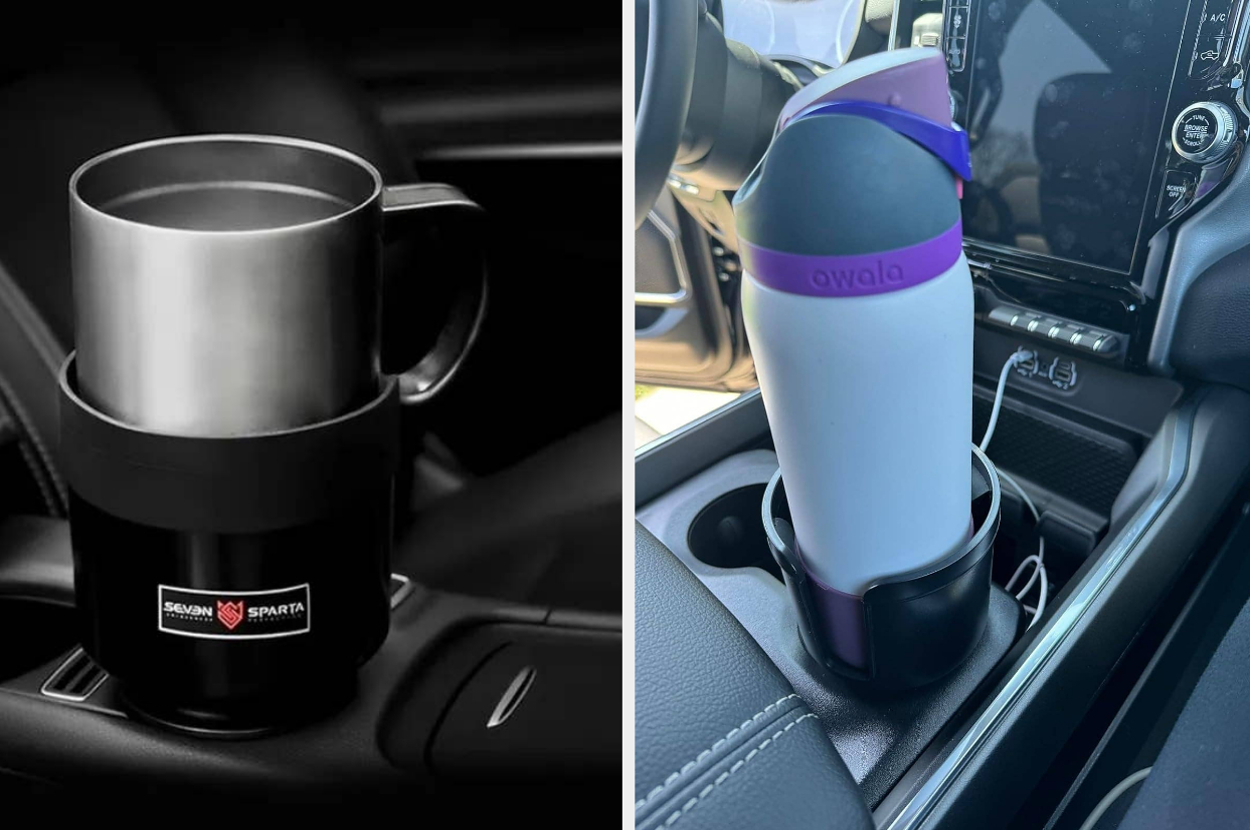In an era where data breaches and unauthorized access pose pervasive threats, the need for strong user authentication methods and technologies cannot be overstated, especially when it comes to VPN for iPhone security. Robust user authentication serves as the first line of defense against potential breaches, effectively safeguarding sensitive information from falling into the wrong hands.
With the rise of cyber threats, organizations must implement effective user authentication methods and leverage advanced technologies to establish a secure environment.
By incorporating VPN for iPhone security measures, they can further enhance the protection of digital systems. VPN (Virtual Private Network) technology creates a secure and encrypted connection between the iPhone and the internet, ensuring the privacy and confidentiality of data transmitted.
User authentication methods play a pivotal role in preventing breaches and maintaining the integrity of digital systems. Through the use of VPN for iPhone, organizations can bolster their security measures by adding an extra layer of protection.
VPNs create a private network within a public one, making it significantly harder for unauthorized individuals to intercept or access sensitive information.
By incorporating VPN for iPhone security, organizations can ensure that user authentication processes are conducted within a secure and encrypted environment.
This added security measure helps to mitigate the risk of breaches and unauthorized access, thereby securing critical data and preserving the trust of users.
What Are The Different User Authentication Methods?
User authentication methods are diverse and cater to varying security needs. These methods employ different factors to verify the identity of users before granting them access to digital systems.
Where maintaining account security is crucial, it is essential to evaluate the effectiveness of different user authentication methods. While the level of security may differ among these methods, there are certain approaches that are widely acknowledged as more secure.
In this article, we will delve into various types of authentication methods commonly used in PUBG and identify the most secure authentication method to protect players’ accounts and ensure a safe gaming experience.
- Password-Based Authentication:
Password-based authentication is one of the most widely used methods. Users enter a unique combination of characters known only to them. However, weak or easily guessable passwords can pose vulnerabilities. To enhance security, organizations should enforce strong password policies, encourage the use of password managers, and ensure regular password updates.
- Two-Factor Authentication (2FA):
Two-factor authentication adds an additional layer of security by requiring users to provide two independent pieces of evidence to verify their identity. This method typically combines something the user knows (e.g., a password) with something they possess (e.g., a one-time code sent to their mobile device) or something inherent to them (e.g., a biometric trait). Implementing 2FA significantly reduces the risk of breaches, making it a more secure authentication method than password-only systems.
- Biometric Authentication:
Biometric authentication utilizes individuals’ unique physical or behavioral characteristics, such as fingerprints, facial recognition, or voice recognition, to verify their identity. Biometric traits are difficult to replicate, offering a high level of security. Biometric authentication is one of the most secure authentication methods, as it relies on factors specific to an individual and is difficult to forge or steal.
- Multi-Factor Authentication (MFA):
Multi-factor authentication combines multiple authentication factors, such as passwords, biometrics, and tokens, to provide enhanced security. By requiring users to provide more than one form of authentication, MFA significantly reduces the risk of unauthorized access. Implementing MFA is a recommended approach to bolstering security, especially when dealing with sensitive data or critical systems.
- Token-Based Authentication:
Token-based authentication involves the use of physical or virtual tokens, such as smart cards, security keys, or mobile apps, to verify a user’s identity. These tokens generate one-time passwords or cryptographic signatures, adding an extra layer of security. Token-based authentication is a robust method that offers stronger protection against breaches compared to password-only systems.
Among these, the most secure authentication methods, biometric authentication is generally considered the most secure. Its reliance on unique physiological or behavioral traits makes it difficult for attackers to impersonate or compromise user identities.
However, it’s important to note that the security of any authentication method depends on its implementation, including factors such as data encryption, secure storage of credentials, and continuous monitoring of authentication processes.
While the most secure authentication method may vary depending on the specific context and risk profile of an organization, a combination of strong password policies, multi-factor authentication, and biometric authentication can significantly bolster security and help prevent breaches.
How Does Password Authentication Work And What Are Its Vulnerabilities?
Password authentication is one of the most common methods used to verify a user’s identity. It operates on the premise that users enter a unique combination of characters known only to them, granting access if the provided password matches the stored one.
While widely adopted, password authentication has inherent vulnerabilities compared to the most secure authentication method. Let’s delve into how password authentication works, and its vulnerabilities, and compare it to types of authentication methods.
Password Authentication Process:
In password authentication, users create an account and set a password. When attempting to log in, they provide their username or email along with the corresponding password. The system verifies if the entered password matches the stored one associated with the provided credentials. If there is a match, access is granted.
Vulnerabilities of Password Authentication
- Weak Passwords: Users frequently select weak passwords that are simple to decipher or guess. Common vulnerabilities include using dictionary words, simple sequences, personal information, or reusing passwords across multiple accounts. Attackers can exploit these weak passwords through brute-force attacks or using leaked password databases.
- Password Reuse: Many users have a tendency to reuse passwords across multiple accounts. If one account gets compromised, the attacker can gain access to other accounts as well, increasing the potential impact of a breach.
- Social Engineering: Attackers may employ social engineering techniques to trick users into revealing their passwords. This could involve phishing emails, fake login pages, or impersonating trusted individuals or organizations.
- Credential Theft: Passwords can be stolen through various means, such as keyloggers, phishing attacks, or data breaches where passwords are exposed in plaintext or hashed formats.
Most Secure Authentication Method
In comparison to password authentication, the most secure authentication method is often considered to be biometric authentication. Biometric authentication relies on unique physical or behavioral characteristics of individuals, such as fingerprints, facial recognition, or voice recognition. These traits are difficult to replicate or steal, providing a higher level of security than traditional passwords.
Biometric authentication mitigates many vulnerabilities associated with password authentication. It eliminates the risks of weak passwords and password reuse since the user’s biometric data is inherently unique and cannot be easily replicated.
However, it’s important to ensure the protection of biometric data itself to prevent breaches. While biometric authentication is generally regarded as more secure, its implementation requires specialized hardware and software support, which may not be feasible or practical for all systems or organizations.
Additionally, biometric systems are not entirely immune to attacks, as vulnerabilities such as presentation attacks (e.g., using a photo or voice recording) or compromised biometric data repositories can exist.
In short, password authentication, while widely used, is susceptible to various vulnerabilities such as weak passwords, password reuse, social engineering, and credential theft. Biometric authentication is generally considered a more secure authentication method due to its reliance on unique physical or behavioral traits.
What Is Two-Factor Authentication (2fa) And How Does It Enhance Security?
Two-Factor Authentication (2FA) is an authentication method that adds an extra layer of security to the login process. It enhances security by requiring users to provide two independent pieces of evidence to verify their identity. Here’s how 2FA works:
- The user enters their username and password (first factor).
- The system prompts the user to provide a second factor of authentication.
- The second factor can be something the user possesses, such as a one-time code sent via SMS or generated by an authentication app.
- The user enters the one-time code or responds to a prompt on their mobile device (second factor).
- If both factors are successfully verified, access is granted.
By combining something the user knows (password) with something they possess (one-time code), 2FA significantly reduces the risk of unauthorized access.
It acts as an additional barrier for attackers, even if passwords are compromised. Implementing 2FA adds an extra layer of security, making it an effective and recommended measure to enhance security and reduce the risk of breaches.
While it may not be the most secure authentication method in all cases, it greatly strengthens security compared to password-only authentication systems.
What Is Biometric Authentication And What Are Its Advantages And Disadvantages?
A technique called biometric authentication employs distinctive physical or behavioral traits of people to confirm their identity. Here’s an overview of biometric authentication, along with its advantages and disadvantages:
- Capture Biometric Data: Biometric authentication captures data such as fingerprints, facial features, iris patterns, voiceprints, or behavioral traits.
- Create Biometric Templates: The captured data is converted into a digital template, which represents the unique characteristics of an individual.
- Enrollment: Users’ biometric templates are securely stored in a database during the enrollment process.
- Authentication: During authentication, users provide their biometric sample, which is compared against the stored template.
- Verification: If the biometric sample matches the stored template within a certain threshold, access is granted.
Advantages of Biometric Authentication
- High Security: Biometric traits are difficult to forge or steal, making biometric authentication one of the most secure authentication methods.
- Convenience: Users do not need to remember or carry any physical tokens since their biometric traits are inherently unique.
- Non-repudiation: Biometric authentication provides strong evidence of identity, making it difficult for individuals to deny their actions.
Disadvantages of Biometric Authentication
- Cost and Complexity: Implementing biometric systems can be costly, requiring specialized hardware, software, and infrastructure.
- The gathering and storage of biometric data present privacy issues. Organizations must handle and protect this data securely.
- False Acceptance and Rejection Rates: Biometric systems may have false acceptance (accepting an impostor) or false rejection (denying a legitimate user) rates, which can impact user experience.
While biometric authentication is generally considered one of the most secure authentication methods due to its reliance on unique physical or behavioral traits, organizations must carefully consider the associated costs, privacy implications, and potential false acceptance/rejection rates before implementing biometric systems.
What Are The Benefits Of Using Multi-Factor Authentication (Mfa)?
Multi-Factor Authentication (MFA) offers several benefits in enhancing security and protecting against unauthorized access. The advantages of utilizing MFA are as follows:
- Enhanced Security: MFA adds an extra layer of security by combining multiple authentication factors, making it more secure than single-factor authentication methods.
- Stronger Authentication: MFA verifies a user’s identity using two or more independent factors, such as passwords, biometrics, or tokens, reducing the risk of breaches even if one factor is compromised.
- Reduced Credential Theft Impact: Even if passwords are stolen or compromised, attackers cannot gain access without the additional authentication factor.
- Mitigation of Password Vulnerabilities: MFA reduces the reliance on passwords alone, addressing vulnerabilities such as weak passwords or password reuse.
- Compliance Requirements: Many industry regulations and standards require or recommend the use of MFA to protect sensitive data.
- User-Friendly Experience: MFA can be implemented using various user-friendly methods, such as push notifications, SMS codes, or biometric authentication, ensuring a seamless user experience.
- Adaptability and Scalability: MFA can be implemented across various devices and platforms, accommodating the evolving needs of organizations and supporting scalability.
By implementing MFA, organizations can significantly enhance the security of their systems and protect against unauthorized access. While there may be variations in the implementation and specific factors used, MFA is generally regarded as one of the most secure authentication methods available.
What Are Some Common Vulnerabilities In User Authentication Systems?
User authentication systems play a critical role in securing digital assets, but they can be vulnerable to various threats. Common vulnerabilities in user authentication systems can expose organizations to significant security risks.
Weak passwords remain a prevalent vulnerability, as users often choose easily guessable or commonly used passwords. Password reuse across multiple accounts further amplifies the potential impact of a breach.
Phishing attacks, where attackers trick users into revealing their credentials through deception, can bypass the authentication process altogether.
Additionally, credential theft, whether through data breaches or other means, can grant unauthorized access to sensitive information.
To mitigate these vulnerabilities, organizations should consider implementing multi-factor authentication (MFA), which is widely regarded as the most secure authentication method. MFA combines multiple independent factors, such as passwords, biometrics, or tokens, to enhance security and reduce the risk of unauthorized access.
What Is The Role Of Encryption In User Authentication And Breach Prevention?
Encryption plays a crucial role in user authentication and breach prevention. It ensures the confidentiality and integrity of sensitive information during transmission and storage.
When a user authenticates, their credentials are encrypted, making it difficult for attackers to intercept and decipher them. Encryption also protects user data in case of a breach by rendering it unreadable without the decryption key.
By employing encryption, organizations can enhance the security of user authentication systems, making it a vital component of the most secure authentication method.
I’m Greek Baker, a tech enthusiast who has a deep-rooted passion for using VPNs. By leveraging my extensive expertise in VPN services, I strive to simplify the process of selecting the ideal VPN that best caters to your unique preferences.
Source link











Leave a Reply